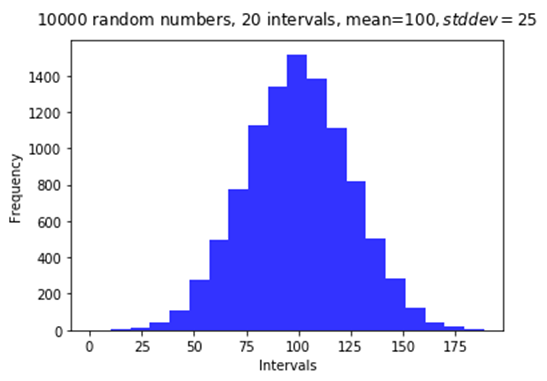

You can also include the cell containing the column title.

To understand how to create a histogram, we are going to use the data shown in the image below: In this tutorial, we will show you how to use Google Sheets to create a histogram to visualize your data and how to further customize the histogram according to your requirement. So you plot the quantity or frequency of data in different categories. Bar graphs, on the other hand, plot categorical data. So you plot how data of a single category is distributed. Histograms mainly plot quantitative data. The kind of data plotted by histograms and Bar Graphs is also different. How are Histograms different from Bar Graphs?Ī Histogram is primarily different from a bar graph in terms of the application.Ī histogram is used to understand the distribution of data, while a bar graph is used to compare variables. Visually, the bins may look like bars of a bar graph, but a histogram is actually quite different from a bar graph. It divides the range of your data into intervals, displaying how many of the data values fall into each interval.Įach of these intervals is displayed in the form of ‘bins’ or ‘buckets’.

Customizing the Histogram in Google SheetsĪ histogram is a kind of chart that shows how a variable is distributed.How to Make a Histogram in Google Sheets.How are Histograms different from Bar Graphs?.If the bins are spaced out at 15 minute intervals, it makes sense to label the x-axis at these same intervals. plt.xticks() defines the location of the x-axis tick labels. The lines plt.xlabel(), plt.ylabel(), and plt.title() give our histogram axis labels and a title. We'll also specify density=False, color='b'(blue), edgecolor='k'(black), and alpha=0.5(half transparent). Let's specify our bins in 15 min increments. Type of histogram: bar, stacked, step or step-filled A table of some keyword arguments used with plt.hist() is below: keyword argument Let's also add some axis labels and a title to the histogram.

If we want our bins to have specific bin ranges, we can specify a list or array of bin edges in the keyword argument bins=.


 0 kommentar(er)
0 kommentar(er)
